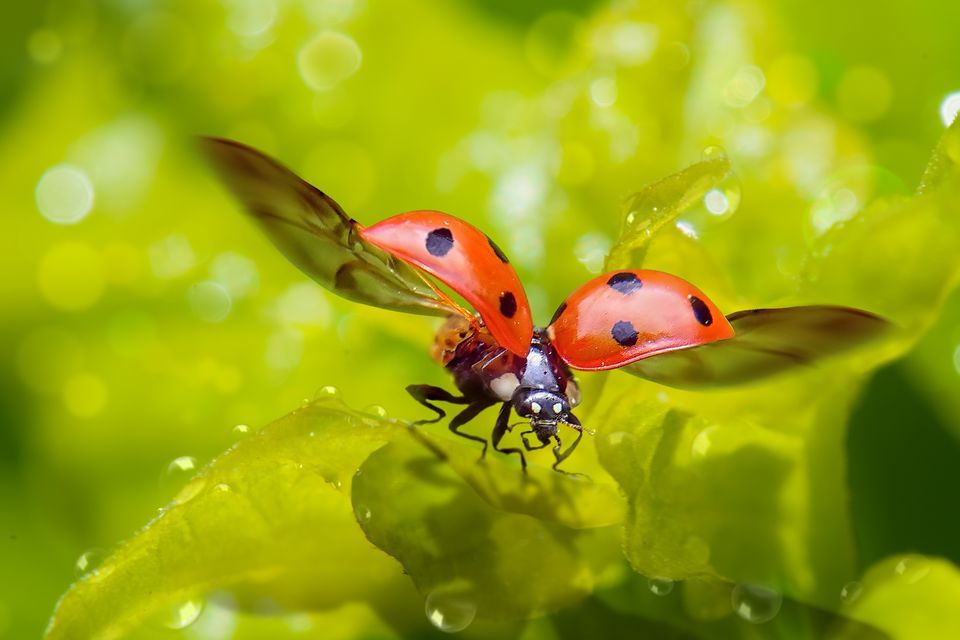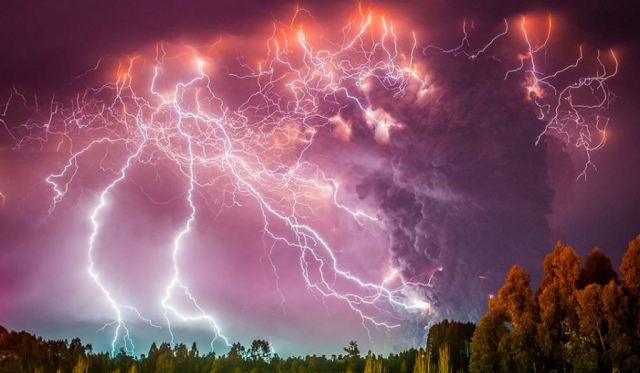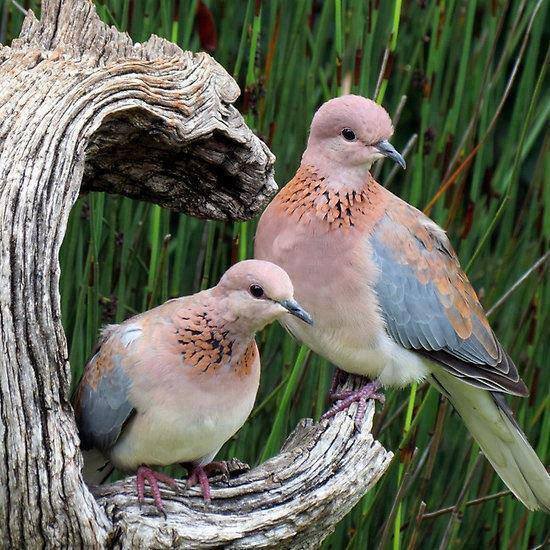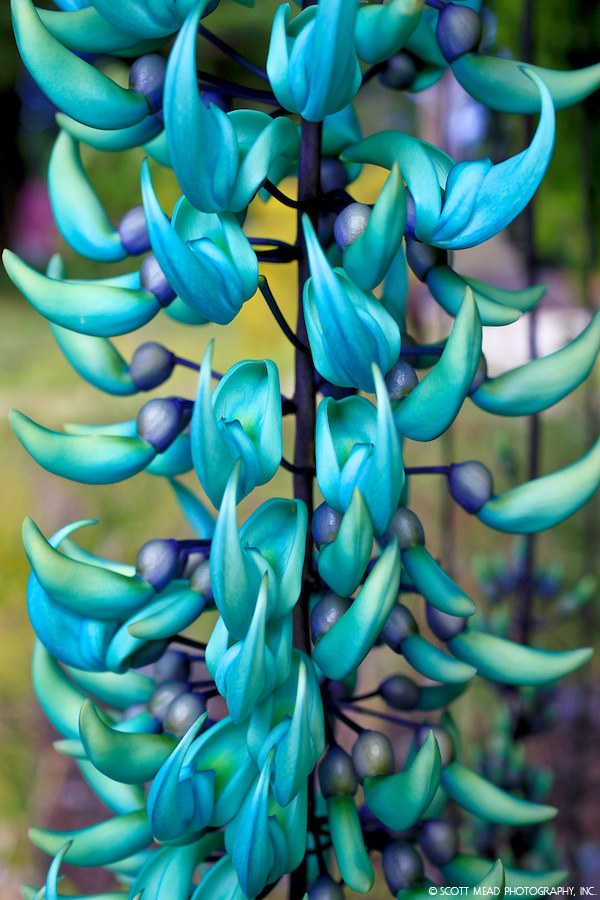Top 10 Flowers that Take Years to Bloom
Many flowers bloom and show their flowers every year and every season and others may take years in showing up their blooms. Some species take even centuries to bloom. And that what makes their flowering a significant event that attracts a lot of people from all over the world to see it. In this topic, we present you ten flowers that take years to bloom.
10 Queen of Andes (Andean queen)
It is a unique flower by its majestic royal presences, the plant blooms in its distinctive form for several weeks before they die, and their flowering occurs once during its lifespan 80-100 years. Its height 12 meters in its mountainous in Peru and Bolivia, It exists only in these two countries at altitudes not less than 3000-4800 meters. And the Queen of Andes is on the list of endangered plants due to its low population and genetic diversity.
The scientists say that this plant grows large rises in a very harsh environment, for such they need some years to bloom because it is challenging to collect resources for breeding and flowering in such arid environment conditions, and flowering it is very generous one as it produces about 10,000 seeds. Some studies reveal that because of poor soil on the Andean Queen. The only feed is the lunch droppings of birds and some of the birds that fall within the plant’s thorns, which are very much like hooks that are difficult to get rid of well-drained.
9 Corpse flowers
The corpse flower has a scientific name (Amorphophallus titanum). It is one of the flowers that take much time, could reach seven years, to bloom; some corpse flowers bloom one time every few decades. It can stay open and emits its odor for just a few days. So the blooming time of it is an exciting event for scientists and botany enthusiasts. It smells like the rotten meat or rotten fish to lure the flies and beetles to its blossom. These insects are the main pollinators for the plant. It has a fantastic life cycle and grows in rainforests.
The Italian botanist “Odoardo Beccari” discovered it in Sumatra in 1878; according to “UC Botanical Garden” the plant grows in the wild only in tropical regions of Asia. The flowers are arranged as a cluster on a stem, and the height of it can reach up to 10 feet and more. The leaves grow on green stalk and branches divided into three sections. At the top, each one contains many leaflets. The leaf height is 20 feet tall, and the width of it can reach to 16 feet across. And every year anew leaf grows instead of the one that dies at the same place of it. The plant weights a lot and rarely blooms. Corpse flowers can reach in warming up to 98 degrees Fahrenheit (36.7 Celsius) to further fool the insects. The flower badly needs the air and water it gets from the soil.
8 Night blooming cereus
The night-blooming cereus is referring to a wide range of flowers; Its name is “Ceroid cacti” and belongs to the cactus family. Night-blooming Cereus begins to bloom flowers after four or five years, and it starts with just two flowers. The blooms of the flower increase as time passes and the plant grows older. The flowers produce a wonderful scent. The short lifespan flower is known as the queen of the night, during which it blooms. It blooms in every midsummer night each year and closes forever with the first ray of the morning sunshine. The night-blooming cereus is popular in the rock garden, and it could be cultivated using the stem of it. The habitat of it is Desert, often in shaded areas. It is native to Sonoran and Chihuahuan deserts of southern Arizona, east to Western Texas and south to Northern Mexico. The dry sandy soil is the best for planting it which is why it is popular in the desert areas. The width of the night-blooming cereus can reach up to 4 inches and the length 8 inches.
7 Sheep-Eating Plant
Sheep eating is a difficult plant to grow; it takes 15 to 29 years to bloom. It is called the sheep eater for a reason; it is an animal killer that produces monstrous, three-meter (9.8 ft), mace-like flowers which ensnare sheep and other animals around that dies of starvation or exposure. Some think that the sheep eater, known as (Puya Chilensis), use the rotting corpses of its victims as nutrients.
6 Narrow-leafed Campion
Also called as the Silene stenophylla, the narrow-leafed campion blooms during the summer. However, there are some specific narrow-leafed that took over 30,000 years to bloom! It is classified as a slow starter plant. It can reach 5–25 cm (2–10 in) high. It is stuck in seed form in the Siberian permafrost since the ice age. Biologists found that the estimated age for frozen samples is around 32,000 years old.
5 Kurinji plant
The blossoms of the Kurinji plant are shrubs found in the shola forests of the Western Ghats in South India above 1800 meters, and the Nilgiri Hills. The blue mountains take their names from the flowers that appear once every 12 years. Kurinji grows in protected areas, and there are 50 species of it. The best place to grow the kurinji is the altitudes at the height of 1300 to 2400 meters. The plant is about 30 to 60 cm high. When the blossoms show up, they cover the Nilgiri Hills and Palani Hills like a carpet.
4 Agave Americana
It is a majestic, quite large and evergreen perennial plant that forms attractive rosettes of thick, spiny-edged blue-green leaves that reaches up to 6 ft long (180 cm). It needs slightly acidic sand or gravelly, well-drained soils and full sun. Sometimes the scientists refer to it as a century plant, for it takes around ten years to bloom. It is a common ornamental grown throughout the world. You may mistake it for aloe plant, for except that the agave flowers the two plants look quite the same. Agave Americana sends up a tall, eight-meter (26 ft) high spike with offshoots of yellow, clumped flowers.
3 Melocanna baccifera
Melocanna baccifera is a distinguished bamboo that produces the largest fruits in the grass family. It shows flowers once in 45–50 years in north-east India. The Asian clumping bamboo belongs to the Melocanna genus species. It grows up to 10-25 m tall. It is native to Bangladesh, Nepal, Myanmar, India, and Thailand. The bamboo flower blooms only one time then dies; the strange thing about it is that the flower dies after blooming and the plant takes more years before producing seeds again. Melocanna baccifera fruits are eaten as food by the local tribal people and used as a cure for low blood pressure.
2 Giant Himalayan lily
Gaint Himalayan lily, also known as cardiocrinum giganteum, is a majestic flower and the king of the lily family. The large plant, with heart-shaped leaves, has trumpet-shaped white flowers marked with purple within the mouth. Growing in high elevations, it is the largest of all types of lilies; its family name is the Liliaceae. It blooms after five to seven years in summer and dies right after flowering; for best results pull those bulbs of the stem and replant it. The plant fragrance makes it very attractive to bees, butterflies, and birds. It can reach up to 3-3.6 m high. It needs consistently moist soil and average water; so you could water it regularly but don’t overdo it. The soil should be well-drained, deep, humus-rich and fertile. It is native to Hoopa, California, San Leandro, East Haddam, Connecticut, Fort Lauderdale Florida and Japan. You can use the heads of its dried seed in flower arrangements.
1 Talipot palm
The scientific name is the Corypha umbraculifera. Talipot palm is native to the eastern and southern parts of India and Sri Lanka. It is grown in Cambodia, Myanmar, China, Thailand, and the Andaman Islands. It lives up to 60–75 years before showing up the fruits and flowers then die. It is one kind of the largest palms; it reaches up to 25 meters high (82 ft), and the stems can reach up to 1.3 m (4.3 ft) in diameter. The talipot palm flowers only one time when it is 30 to 80 years old. And the fruit takes about one year to be mature; it produces thousands of rounds, yellow-green fruit 3–4 cm and each one containing a single seed.
It’s incredible how much time some flowers take to bloom! Patience is a virtue we could learn from this fact. Every being bloom in its way, and at the end of the day, we all will bloom. These were plants whose flowering are significant events for scientists, botanists and people interested in tracing the wonders of nature.



























